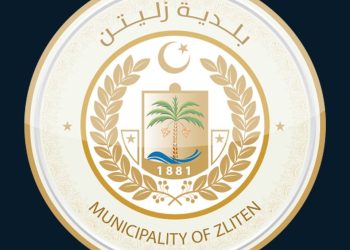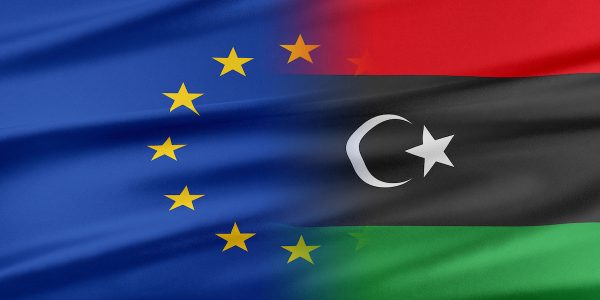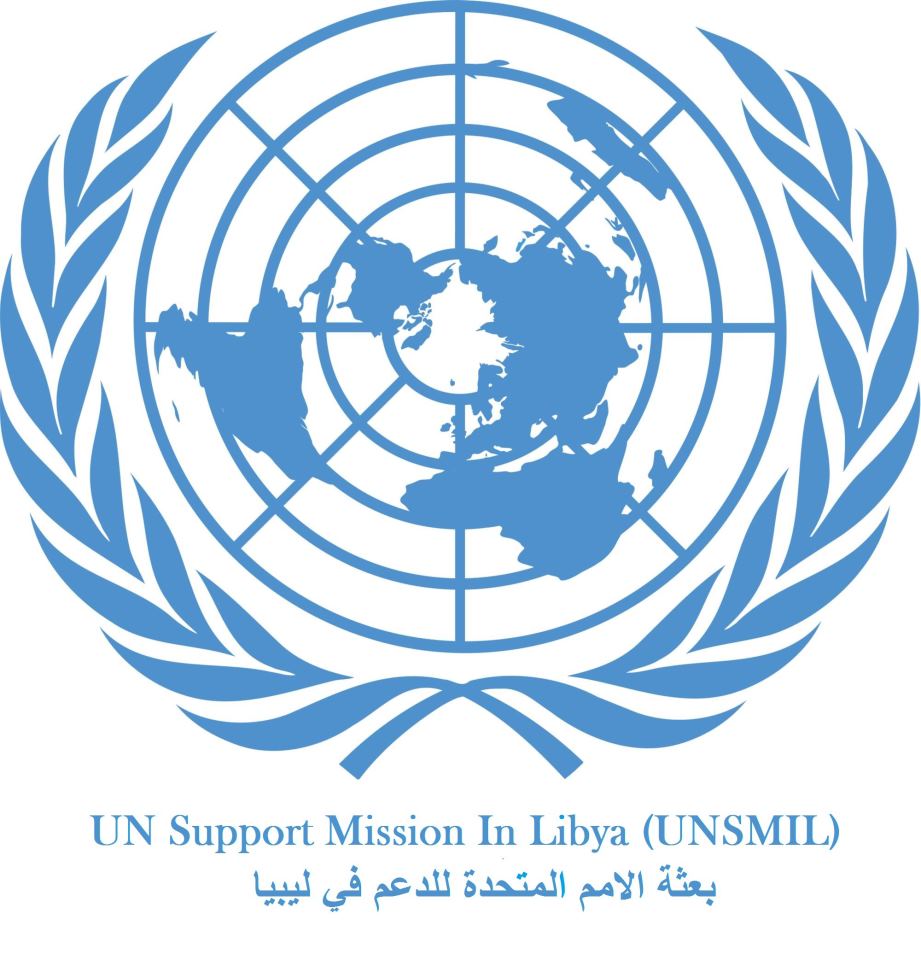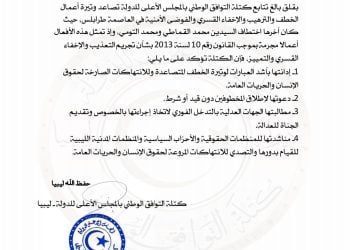By Sami Zaptia.

London, 15 July 2018:
The latest financial figures released by the Tripoli-based Central Bank of Libya (CBL) for the period 1/1/2018 to 30/6/2018 reveal that Libyan oil revenues were up by LD 2.10 bn from a projected LD 13.50 bn to LD 15.60 bn. The news came in the CBL’s latest statement on Libya’s finances released last week.
The breakdown of the latest figures shows that tax revenues were down by LD 123 million – from a projected LD 600 m down to LD 433 m. Customs revenues were down by LD 286 m – from a projected LD 400 m to just LD 114 m. General state revenues were also down by LD 1.27 bn – from a projected LD 1.78 bn to just LD 509 bn.
Nevertheless, thanks to the increase in oil revenues, total state revenues were up for the period by LD 420 m – from a projected LD 16.28 bn to LD 16.70 bn.
On the other hand, total state spending was also down by LD 4.37 bn – from a projected LD 21.25 bn to LD 16.88 bn.
State-sector salaries were down from a projected LD 12.25 bn to LD 11.20 bn. The CBL noted that state salaries were up, however, by LD 4.5 bn compared to 2017
due to the inclusion in the latest figures of state salaries for eastern Libya. Previously these were not included in the Tripoli CBL’s figures as the eastern authorities used to pay their own salaries funded through (eastern-based) commercial bank loans and through the eastern-based CBL printing new money in Russia.
General government running costs were also down from a projected LD 3.35 bn to LD 1.80 bn.
Development and projects spending – which the CBL had promised to increase markedly last year to help restart the economy – were also down from a projected LD 2.35 bn to just LD 652 m.
Total state subsidies were slightly down from a projected LD 3.30 bn to LD 3.23 bn. These included: LD 2.27 bn on fuels, LD 365 m on medical expenditure, LD 325 m on electricity, LD 171 on public cleaning and LD 96 m on water and sewage.
With regards to hard currency expenditure, the CBL revealed that it had spent a total of US$ 8.91 bn for the period. The largest portion of this (US$ 5.95 bn) went to local commercial banks to cover US$ 3 bn on Letters of Credit to cover imports, US$ 2.7 bn on the (US$ 500/person) annual hard currency allowance, US$ 82 m for Cash-Against-Document import facilities, US$ 168 m on personal transfers for overseas health and education transfers, diaspora, insurance and aviation spending, and US$ 2.090 bn to the National Oil Corporation (NOC).
The US$ 2.090 bn to the NOC included cover for fuel subsidies and the rest of the NOC’s spending.
The US$ 8.91 bn hard currency expenditure also included US$ 460 m for overseas state scholarships and spending by embassies, and US$ 411 m Letters of Credit opened for state entities.
https://www.libyaherald.com/2018/01/05/cbl-reveals-improvements-in-libyas-2017-finances-deficit-down-by-48-percent-no-balance-of-payments-deficit-since-2014/
https://www.libyaherald.com/2018/05/10/cbl-announces-agreement-with-pc-on-2018-budget-of-ld-42-5-bn/
https://www.libyaherald.com/2018/07/09/cbl-to-continue-with-agreed-economic-reforms/
https://www.libyaherald.com/2018/05/28/cbl-confirms-decision-to-freeze-non-essential-spending-until-allegation-of-its-mismanagement-of-public-funds-are-investigated/









